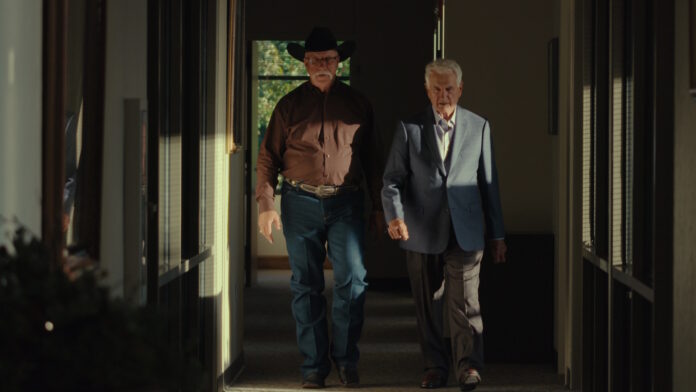DUBAI: Be warned: “Girl in the Picture” is not enjoyable to watch. The evil it reveals is more genuinely terrifying than any horror movie or psychological thriller could ever be.
However, this is a story that deserved to be told, if only to honor the dignity and grace of its many victims. And there could be few better filmmakers to tell it than Skye Borgman, whose 2017 “Abducted in Plain Sight” was also a story that seemed too incredible to be true.
The titular “girl” of this documentary is Tonya Hughes (at first), who — in 1990 — was killed in an apparent hit-and-run in Oklahoma, aged 20. Hospital staff note that her injuries are not consistent with those normally found on victims of car accidents, and authorities begin to suspect Tonya’s (much) older husband Clarence of foul play. When Tonya Hughes’ mother is called, she informs the police that her daughter died as a toddler.
FBI agent Joe Fitzpatrick discovers that a man called Franklin Floyd tried to claim Tonya’s life insurance. That discovery leads to a trail of lies and crime — murder, rape, fraud, aliases for both him and “Tonya” — going back decades. Clarence is Floyd — a convicted criminal who had previously kidnapped and molested a four-year-old girl and has been on the run since the early Seventies.
Franklin Delano Floyd and Suzanne Sevakis in ‘Girl in the Picture.’ (Supplied)
The “picture” of the title shows a six-year-old Sharon Marshall (one of Tonya’s earlier aliases) sitting on Floyd’s knee, when he was posing as her father. The expression on her face is heartbreaking. It will haunt you.
By the end, we know who the girl in that picture really was. And we know that she grew into a woman who was the greatest antidote to Floyd’s evil that she could possibly have been.
Borgman handles this labyrinthine tale deftly, switching between the different phases of Tonya/Sharon’s life without confusing the viewer — not easy when there is so much ground to cover. The final 30 minutes or so — including the reveal of the eponymous girl’s true identity — feel a little rushed. But that perhaps mirrors how the investigators themselves must have felt to have finally been able to put a true name to her after so many years.
True-crime documentaries are hot property right now. This is one of the best. It eschews the voyeurism so common to the genre, thus freeing both its maker and its audience to examine the nature of the evil revealed, and to consider how it might be prevented in future.


